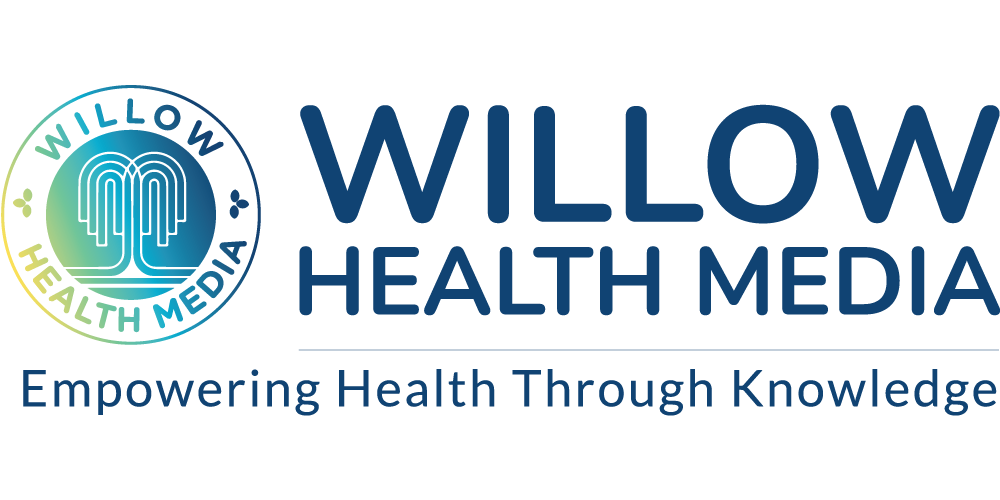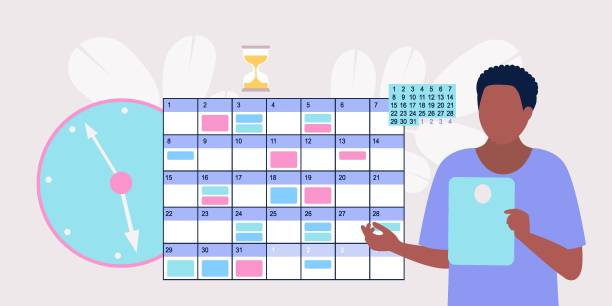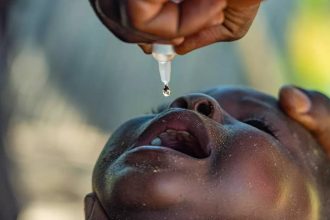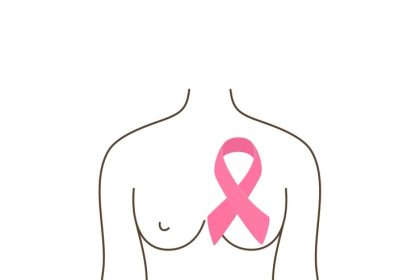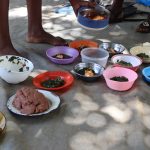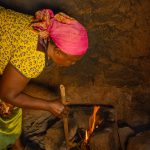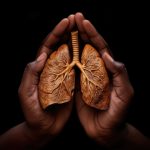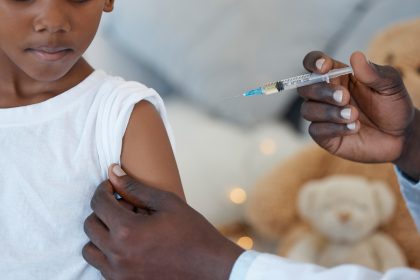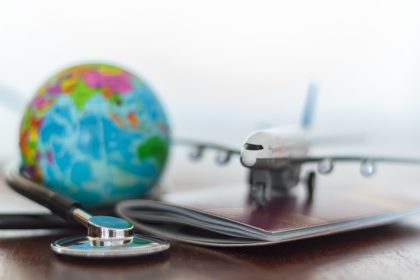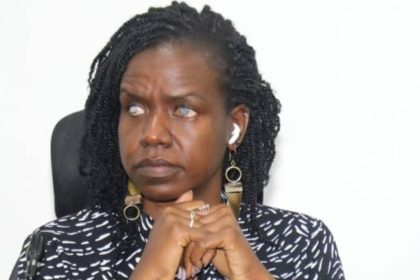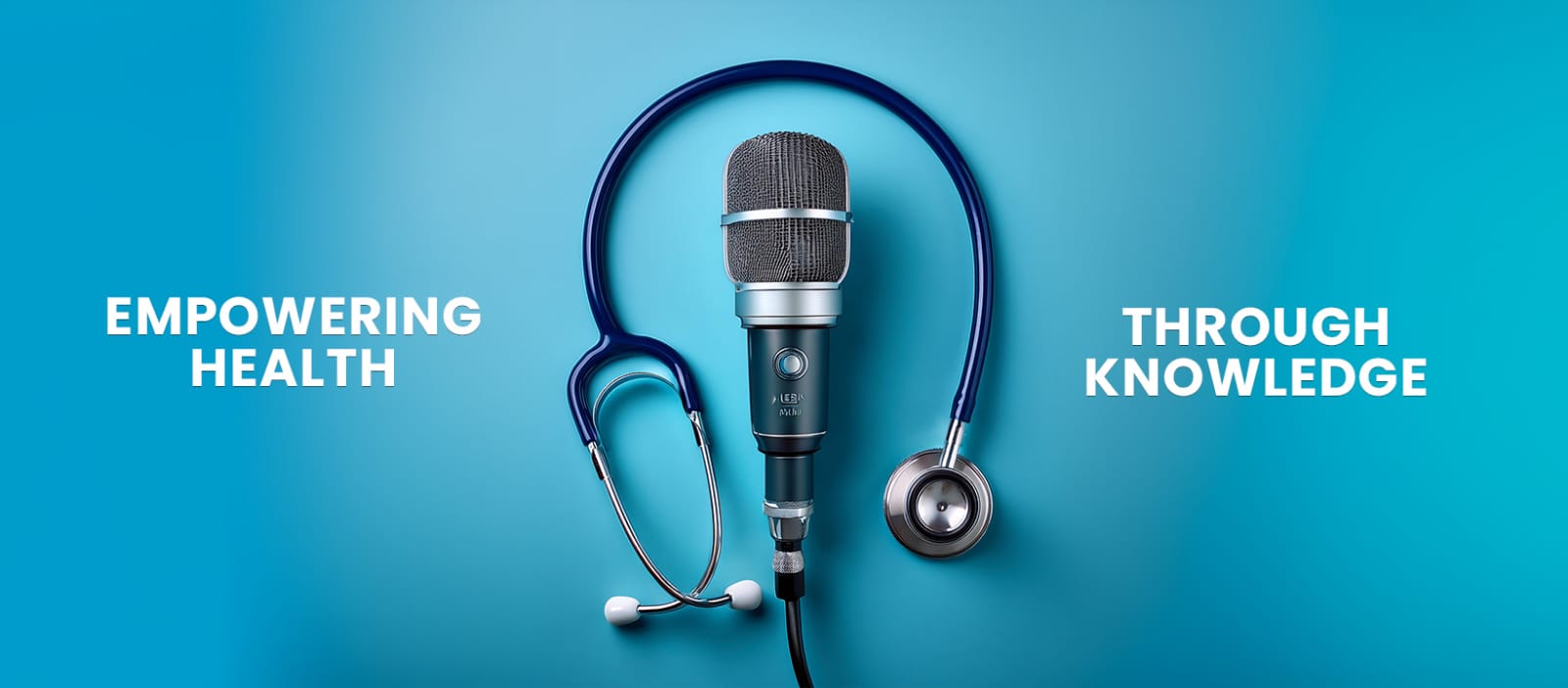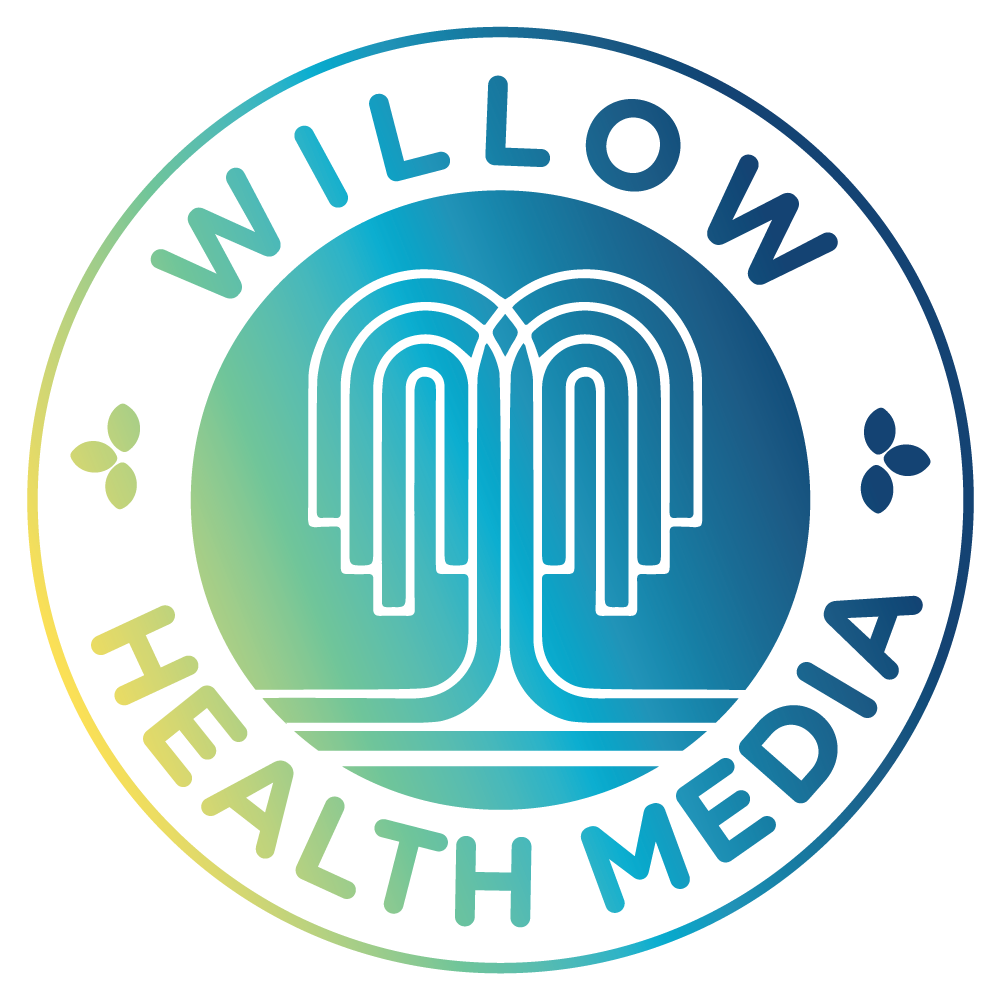April isn’t just a rainy month—it’s a crucial one for health awareness and advocacy. From global observances to local breakthroughs, here’s what you need to know.
1. World Autism Awareness Day (April 2)
Designated by the United Nations, World Autism Awareness Day promotes understanding and inclusion for individuals with Autism Spectrum Disorder (ASD)—a neurodevelopmental condition characterised by challenges in communication, social interaction, and repetitive behaviours. The 2025 theme, “Advancing Neurodiversity and the UN Sustainable Development Goals,” highlights the need to empower autistic individuals in education and society.
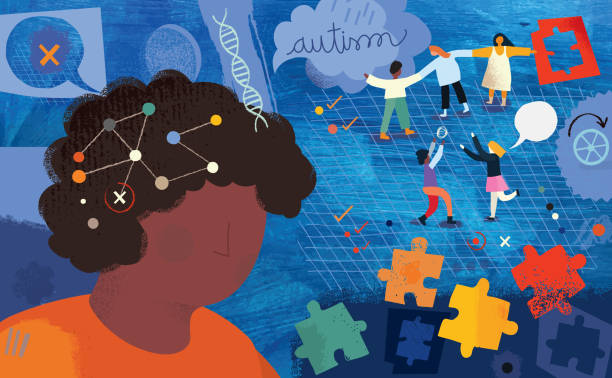
Context:
In Kenya, the Ministry of Health (MoH) and advocacy groups such as the Autism Society of Kenya are holding a flagship event in Kisumu. The focus is on dismantling stigma and building awareness, especially in rural areas where misconceptions still persist, including beliefs that autism is a curse.
Figures & Facts:
- Estimated prevalence: ~4% of children (Autism Society of Kenya, 2007)
- Global prevalence: 1 in 160 children (WHO, 2023)
- Specialised care is limited, with few centres like Kaizora Institute offering therapies such as Applied Behaviour Analysis (ABA)
Significance:
For the rural majority, autism remains hidden and misunderstood. Many children remain undiagnosed and out of school, leaving families isolated. April 2 provides a platform to push for a national autism strategy.
2. World Health Day (April 7)
World Health Day marks the anniversary of the World Health Organization (WHO), spotlighting a global health theme each year—ranging from HIV/AIDS to Universal Health Coverage (UHC) in 2025.
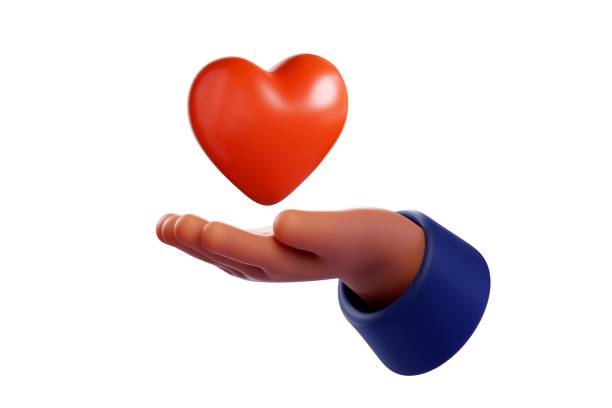
Context:
Mobile clinics may be deployed in high-need counties as part of efforts aligning with the rollout of the Social Health Authority (SHA), Kenya’s new public healthcare financing system replacing NHIF.
Figures & Facts:
- Only 20% were covered under NHIF by 2022
- SHA aims to reach the full population (51 million)
- Kenya’s health spending is 4.6% of GDP—below the 15% Abuja target
Significance:
The day provides an opportunity to spotlight Kenya’s twin burden of communicable diseases (e.g., malaria) and rising non-communicable illnesses (e.g., cancer), while navigating gaps in trust and access.
3. South Africa’s HIV Cure Research
Kenyan virologist Prof. Thumbi Ndung’u is leading groundbreaking HIV cure research in South Africa. At the March 2025 Conference on Retroviruses and Opportunistic Infections (CROI), his team reported that 20% of women in the trial maintained viral suppression without antiretroviral therapy (ART) for 18 months.
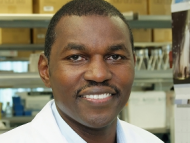
Context:
With 1.5 million people living with HIV, Kenya may spotlight Ndung’u’s research through local forums. His work offers both inspiration and a challenge to accelerate domestic trials.
Figures & Facts:
- Kenya’s ART coverage: 75% (UNAIDS, 2023)
- 4 out of 20 women in trial suppressed HIV without ART for 1.5 years
Significance:
The trial signals hope and African research leadership. Public discourse may now turn toward investment in innovation and equitable access to future treatments.
4. Health Crises During the Long Rains (April Peak)
Seasonal rains often worsen waterborne diseases like cholera, drive up malaria cases, and increase demand for dialysis linked to kidney failure, gout, and hyperuricemia.
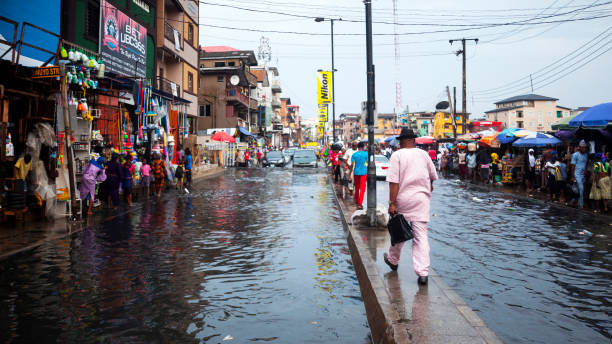
Context:
In 2024, flooding displaced over 47,000 households across 37 counties. Affected populations now face outbreaks and worsening chronic conditions, with community health workers stretched to the limit.
Figures & Facts:
- Cholera: 1,400+ cases, 26 deaths (MoH, 2023)
- ~30% of households lack access to clean water (KNBS, 2019)
- Kidney failure cases: ~4,000 annually (Kenya Renal Association)
Significance:
Poor sanitation and overwhelmed systems intensify health inequities, disproportionately affecting the most vulnerable during this seasonal crisis.
5. Vaccination Campaigns Intensify
April sees intensified drives for key vaccines such as measles, pneumonia, and HPV to mitigate disease surges during the rainy season.
Context:
Efforts target the ~7 million children under five and residents of refugee camps like Kakuma, where access challenges persist. Vaccine shortages, partly due to the suspension of USAID support, threaten momentum.
Figures & Facts:
- Measles vaccine coverage: ~80% nationally; lower in camps
- HPV vaccine critical in preventing cervical cancer (~5,000 deaths annually)
Significance:
Vaccines are vital for preventing co-infections and certain cancers, yet a 40% immunisation funding gap continues to hamper equitable rollout.
6. Gout and Hyperuricemia Awareness
Gout, caused by excess uric acid in the blood, results in painful joint swelling and stiffness. The condition, often misunderstood, can stem from genetics, diet, or certain medications—including older HIV drugs.
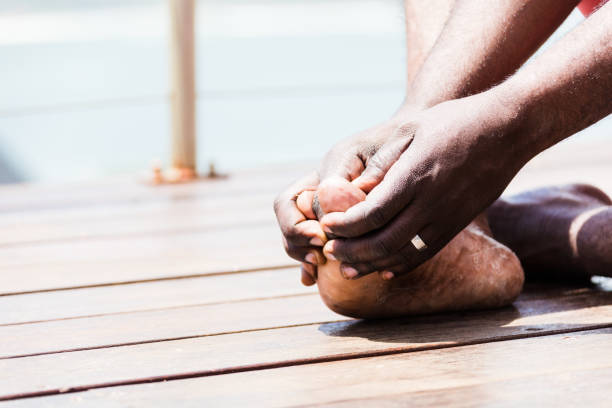
Context:
Floods and shifting diets in April (increased beans, red meat) may exacerbate cases. Kenya’s population is at higher risk, with many on ART, but awareness is low.
Figures & Facts:
- Global prevalence: 1–4% (WHO)
- Dialysis demand linked to untreated hyperuricemia (~4,000 cases yearly)
Significance:
Labelled as a “rich man’s disease,” gout’s real drivers—poverty, medication, and dietary shifts—reveal a public health blindspot that demands greater attention.
7. OCD Awareness
Obsessive-Compulsive Disorder (OCD) involves intrusive thoughts and compulsive behaviours. Often mistaken for autism or anxiety, OCD remains underdiagnosed and misunderstood.
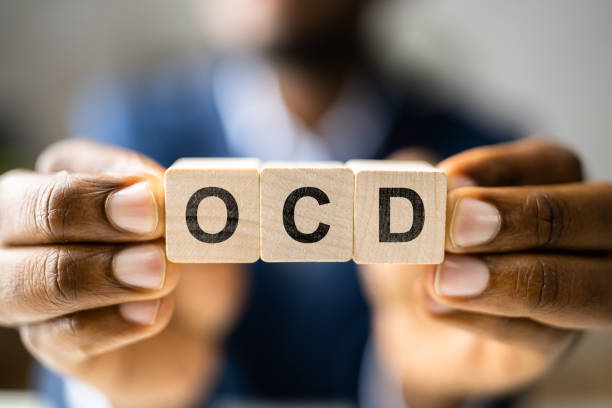
Context:
Part of the broader 13% national mental health burden, OCD is rarely discussed in public health forums, despite its impact on quality of life and daily functioning.
Figures & Facts:
- ~17% of those with ASD also have OCD (Medical News Today, 2022)
- Global prevalence: ~2% (NIMH)
Significance:
Invisibility and stigma bury OCD in silence. With few psychiatrists and low awareness, this condition remains largely unaddressed in mental health policy and practice.
8. Cancer Screening Initiatives
Cancer screenings for blood and other cancers often surge in April, aligned with budget cycles and NGO support.
Context:
With nearly 48,000 new cases and 28,000 deaths annually, rural patients often receive late diagnoses. Screening services remain limited to urban centres, and crucial legislative efforts are stalled.
Figures & Facts:
- Only ~7 radiotherapy centres available countrywide (MoH, 2021)
- KSh 10 billion spent abroad for cancer treatment (MoH, 2022)
Significance:
Early detection is lifesaving, but investment in decentralised care and legislative reforms is urgently needed to change the tide on cancer outcomes.
